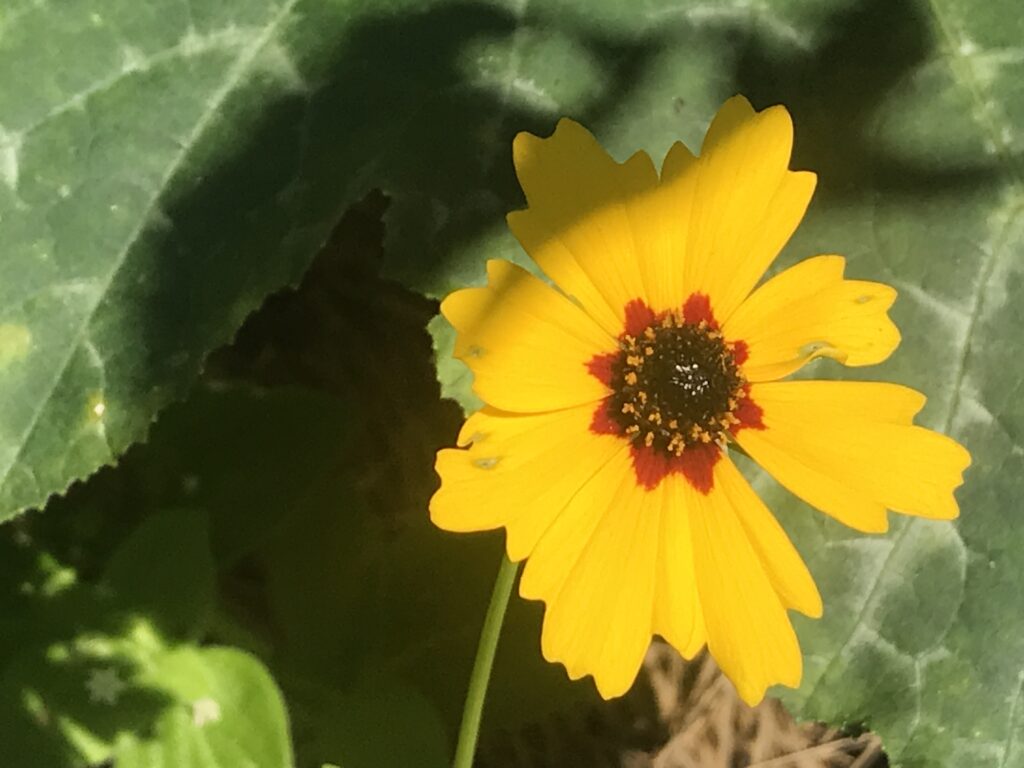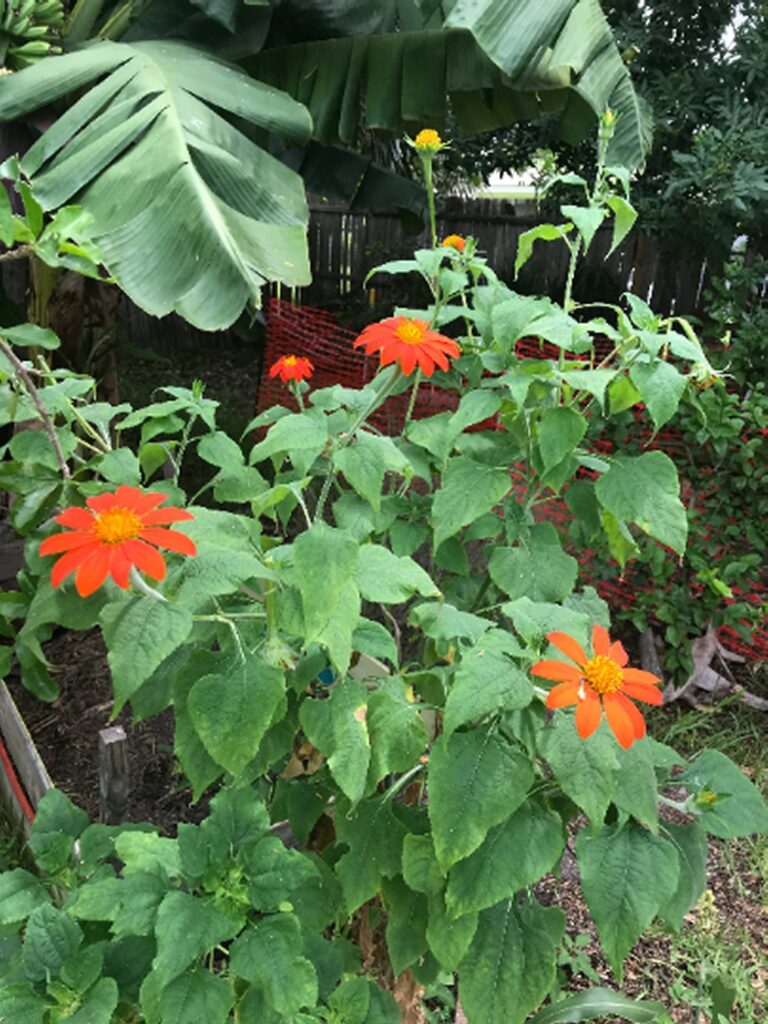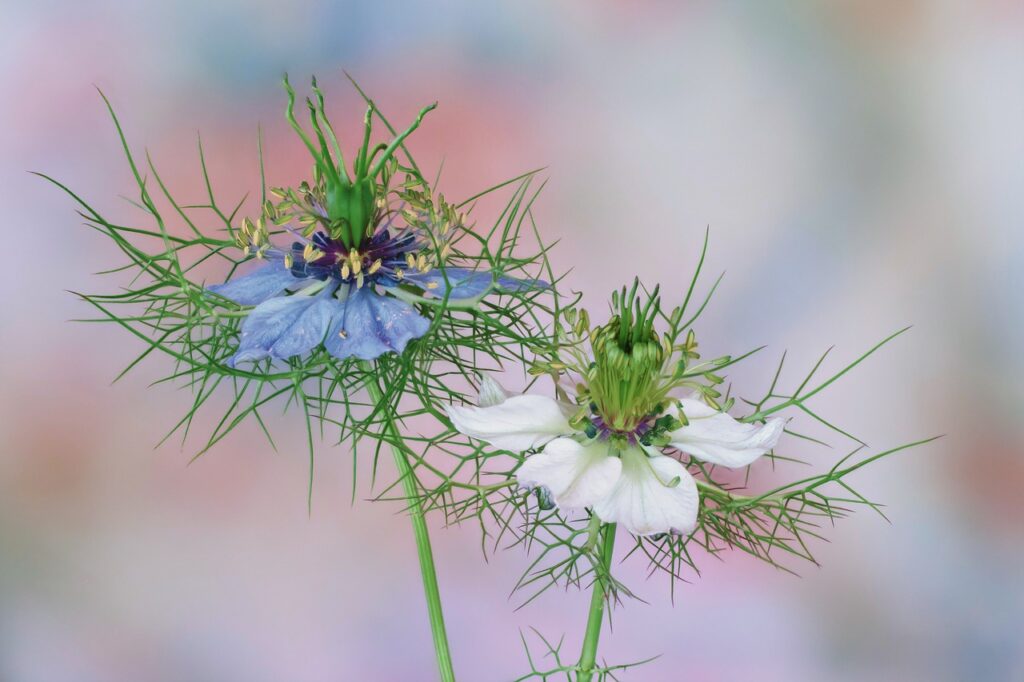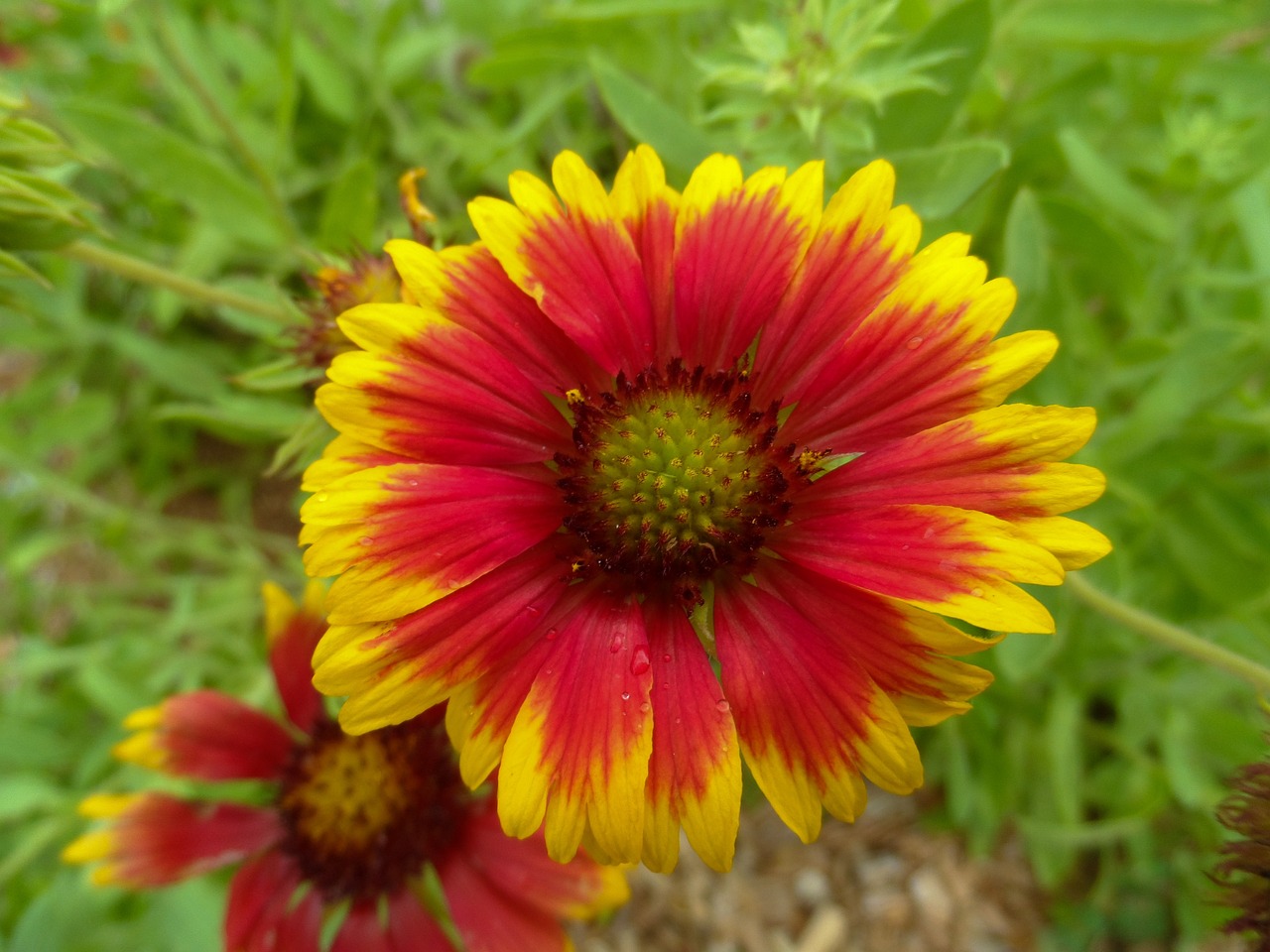It’s Valentine’s Day, and that means flowers. Lots and lots of flowers. If you’d prefer to grow your own, the good news is that this month sees Florida warming up and drawing closer to our last frost dates. Flowers for Florida for gardeners means it’s time to start sowing and planting.
Purchasing Flowering Plants and Bedding Plants
If you plan to purchase plants at your local nursery or home improvement center, you can begin planting them out now in South Florida. Be aware that some of these plants have been treated with systemic pesticides. While these make it easier for the grower to present you with beautiful, undamaged plants, it can also mean they could harm your pollinators.
Be especially diligent by avoiding plants that have been treated with Neonicotinoid insecticides. These are particularly harmful to bees.
Sowing Flower Seeds
You can avoid all synthetic pesticides when you sow your own flower seeds. Florida flower gardeners are particularly lucky, as our growing season is long enough to allow some scheduling leeway for sowing from seed.
South Florida, Zones 10 and 11

The USDA and Farmer’s Almanac say that South Florida doesn’t have a last frost date. But that doesn’t mean we shouldn’t be careful with tender seedlings.
In February, it’s still a good idea to nurture small seedlings under cover in case of a late frost or cold snap. This winter, it seems more important than ever. We seem to be heading toward a trend of cooler winters. Last year, we had a cold snap in mid-March.
Some varieties you can plant out or start in seed trays include:
- asters
- bachelor’s buttons
- bee balm
- bulbine
- calendula
- cosmos
- dianthus
- gaillardia
- impatiens
- lobelia
- marigolds
- nasturtiums
- nigella
- salvias
- snapdragons
- sunflowers
- tithonia
- verbena
- vinca
- zinnias
Central Florida, Zone 9

The last frost date for Zones 9a and 9b fall in mid-to-late February. While you can still plant out fully developed plants from the nursery, starting fast-growing annuals from seed right now is a great way to reduce your landscaping costs.
For flowers in February, plant out starter plants of the following varieties. You can still start seeds as well, and plant out in 4 to 6 weeks. This will ensure that none of your plants are damaged by a late cold snap.
- asters
- bachelor’s buttons
- bee balm
- calendula
- dianthus
- lobelia
- nasturtiums
- nicotiana
- nigella
- pansies
- petunias
- snapdragons
- sunflowers
- tithonia
- verbena
North Florida, Zone 8

The last frost for Zone 8 falls in mid-March. So, it may be too early to plant out most flowers for Florida. However, it’s a great time to sow annual flowers for your butterfly garden indoors or under cover where you can keep them warm.
Consider the following varieties for planting out or sowing now:
- agapanthus
- asters
- bee balm
- crinum lily bulbs
- dahlia bulbs
- dianthus
- lavender
- nigella
- pansies
- snapdragons
- viola
Flowers for Florida in February Guaranteed
One of the best ways to ensure you’ll have flowers in February is to plant out perennial flower bushes in the previous fall. Our mild temperatures and regular fall rainfall create the perfect conditions to establish flowering bushes and trees like plumbago, duranta, and hibiscus.
It seems there is far too much to do in February for the Florida gardener, but we’re lucky. You can plant annual flower seeds nearly year-round for a regular succession of colorful blooms.
